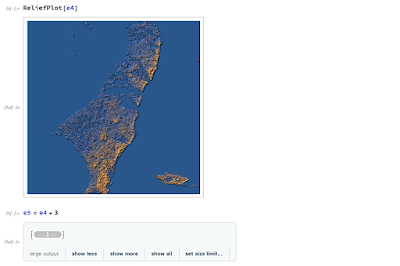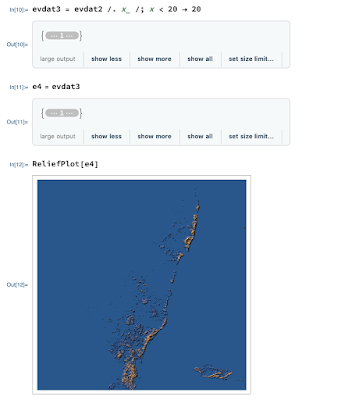Sierpinski Pentagon
Savannah Crawford
MATH401 - Fall 2019
This object is the Sierpinski Pentagon. It's similar to the Sierpenski Triangle in construction. It is generated by an iterated function system that scales down five pentagons and translating them to the corners. The scaling factor is (3 - 5^(-1/2))/2. The Sierpinski Pentagon is the limiting set for this construction.
Here is the code that generated the print:
And here is the generated preview of the STL:
This object shows the Sierpinksi pentagon iterated four times, with an unscaled pentagon at the base layer to hold everything together. openSCAD could only handle up to 4 iterations of the function, beyond that the rendering took an unreasonably long time and the resulting STL was not printable.
Here is the completed object:
The object was printed with a MakerBot Z18 and tough PLA filament. For a print with dimensions of approximately 20cm x 20cm x 5cm, it took a little over 8 hours. The print was successful at the scale, but since the top layer has very thin pentagons, it may be unsuccessful.
The object is not a perfect Sierpenski Pentagon because the pentagons are not perfectly aligned with the corners of the preceding pentagon. For future printing, I would work to correct this. It is also difficult to see the multiple layers of the of the iterated functions, so for a future print I would also print every other layer in a contrasting color so this is easier to see.
These images are cool because they make it easier to see the multiple layers:































